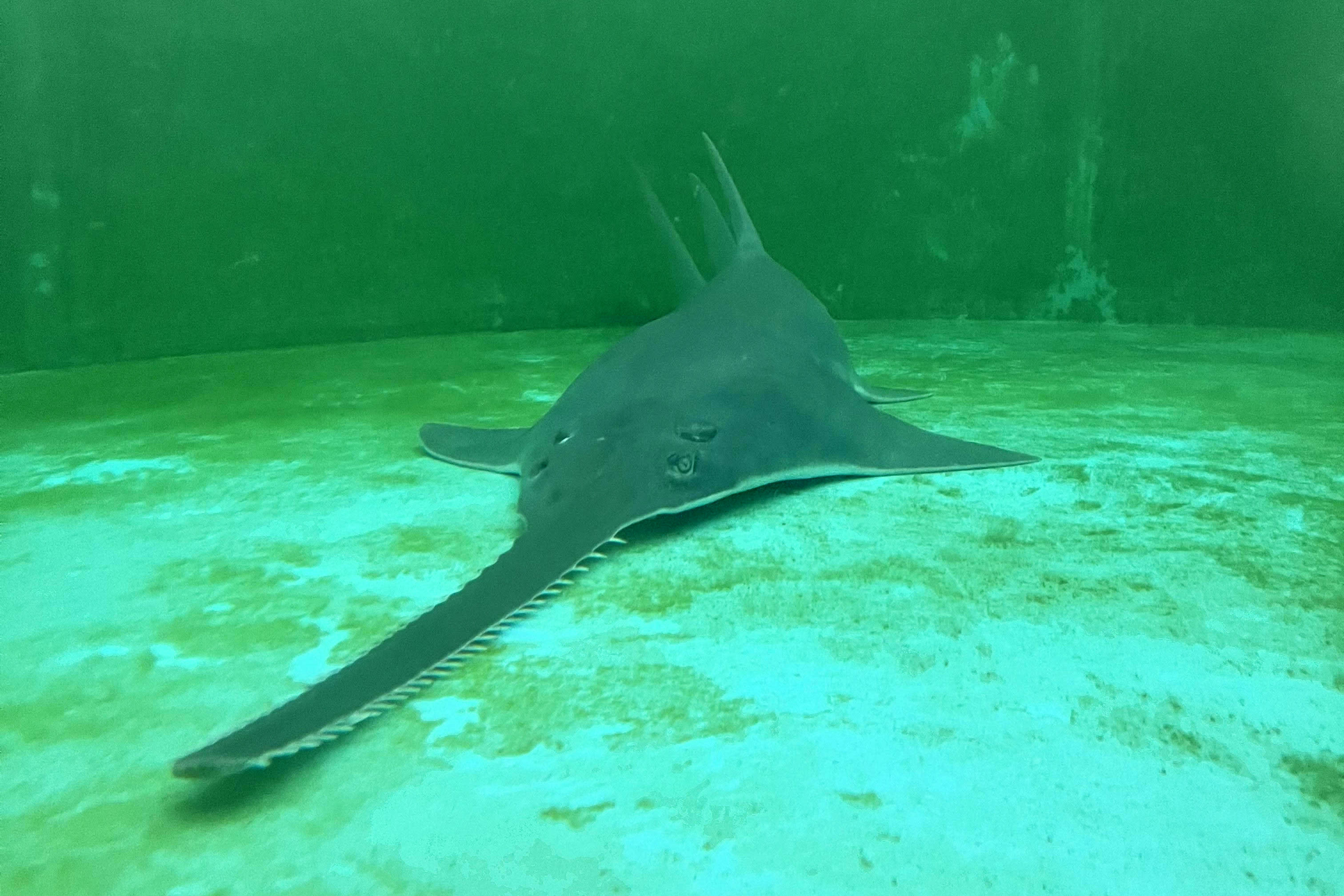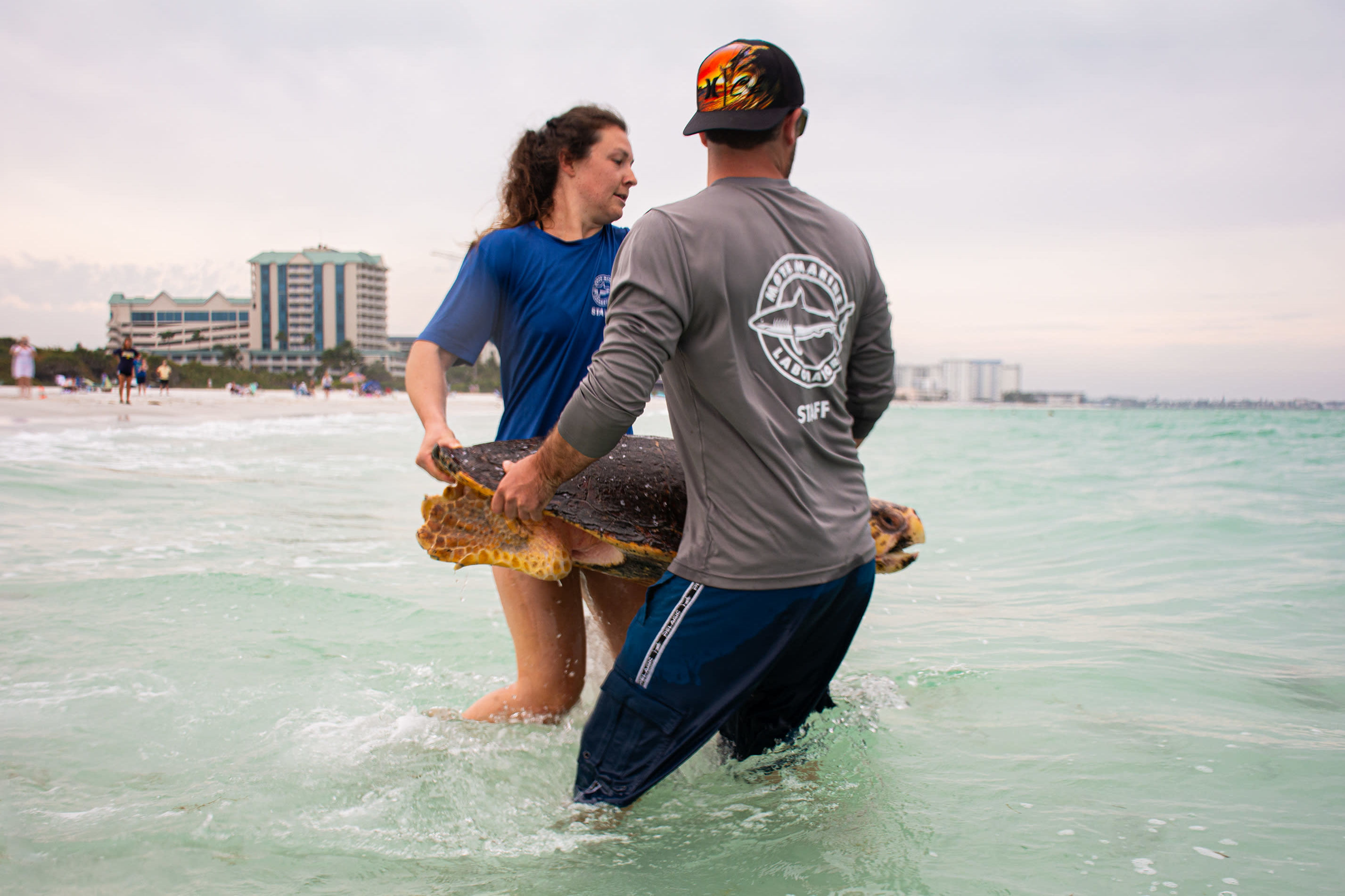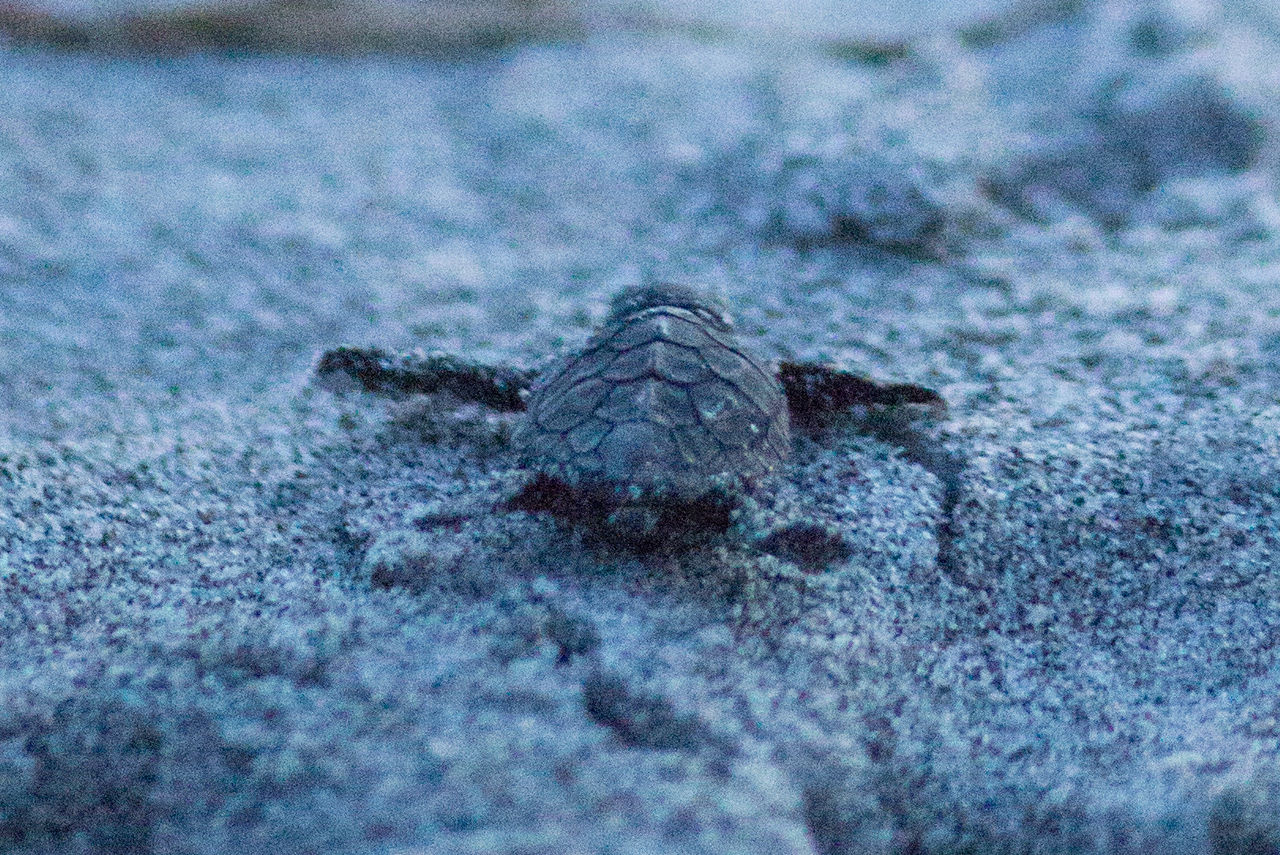Florida Manatee Population Reaches Record Highs
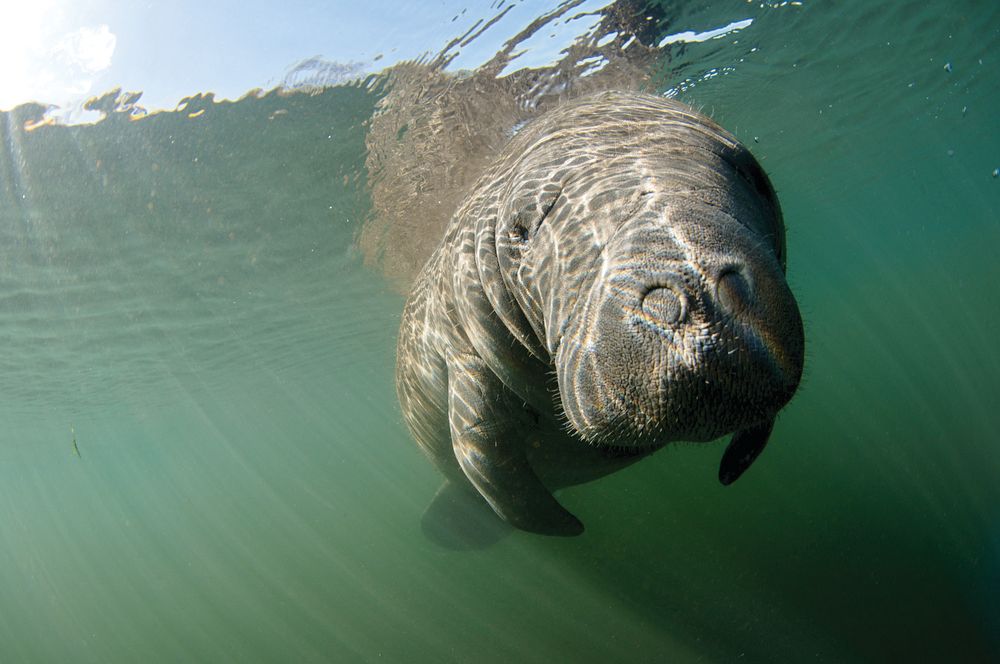
James Powell loves manatees.
A native of Crystal River, Fla.—“the Mecca for manatees,” as he calls it—Powell began studying them as a high school student in the 1960s, learning alongside seminal manatee researcher Daniel Hartman. In the early ’70s, Powell worked on a manatee-themed episode of The Undersea World of Jacques Cousteau, called The Forgotten Mermaids.
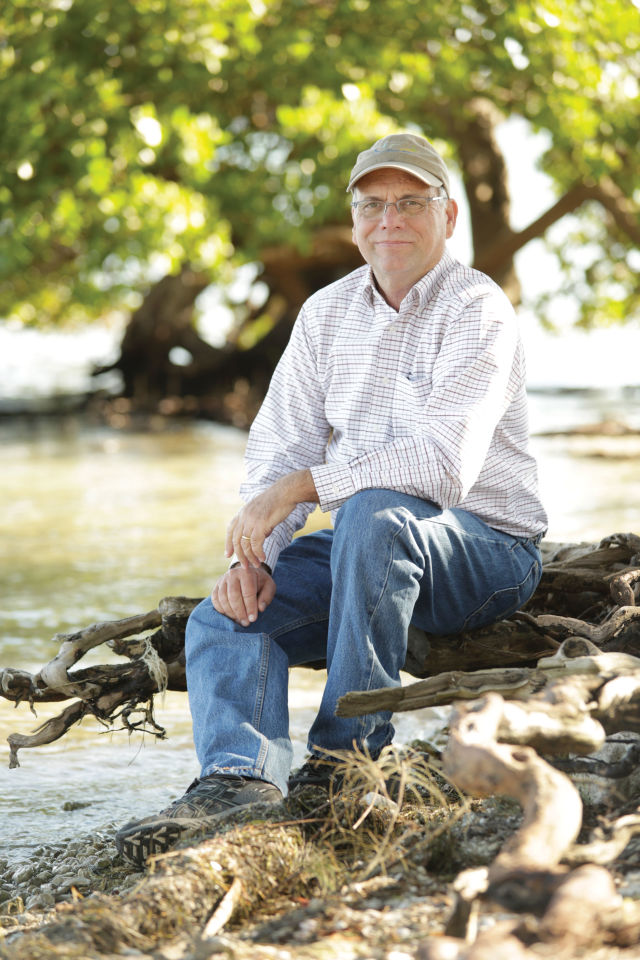
James Powell.
Image: Salvatore Brancifort
Now, as a Mote scientist and the founder and executive director of Sarasota’s Sea2Shore Alliance, Powell remains fascinated by the large, slow-moving marine mammals. “They are such a docile and curious creature, it’s very endearing,” he says. “Back in the ’70s, there was a female named Lavalier [in Crystal River]. She would wait for me to get in the water and follow me around. It was like being greeted.”
Not every encounter is peaceful. “Females can be followed around by 20 or more suitors. I’ve been clobbered when I’ve unintentionally found myself in the middle of the mating herd,” he says. “It can be disconcerting being surrounded by 10 tons of amorous manatees.”
After 50 years, Powell says, he’s still learning about manatees. For example, scientists had always assumed that manatees stuck to shallow shorelines and couldn’t navigate deep water. But in 2006 a student in Cuba took a picture of
a manatee that Powell had photographed in Crystal River in 1979. Some Florida manatees travel back and forth to Belize; others are showing up in the Bahamas. “They must have an incredible capacity to learn and remember—much like elephants, their relatives,” Powell says.
Although they were among the first species listed as “endangered” as part of the 1972 Endangered Species Act, the Florida manatee population has now reached record highs—from 1,267 in 1991 to more than 6,300 today—thanks in no small part to Powell’s research and advocacy. The U.S. Fish and Wildlife Service recently proposed that manatees be removed from the endangered species list and labeled as “threatened” instead.
Powell has mixed emotions about that. “On the one hand, it’s a good indicator that what we’ve been doing has worked,” he says. “[But] the threats have not been completely removed. We don’t want to give the impression that they’re out of the woods. They’re not.”
Those threats include boat traffic and red tide, but also habitat loss. Manatees congregate in warm waters during cold weather; severe winters could otherwise kill them. But development and pollution have caused the collapse of many natural warm springs. Manatees also seek out artificial warm springs, like the one created by warm-water effluent at Apollo Beach’s Tampa Electric plant. But power plants that currently produce warm water as a byproduct will eventually adopt a more efficient system, one that won’t warm nearby waters. Without those options, the manatees will seek out the warmest waters they can find, most likely canals, where it will be hard to escape boaters.
While boat-related mortality has plateaued in recent years thanks to speed limits and manatee sanctuaries, Powell warns that the ever increasing number of boats on the water is still a major threat. It’s sadly apt that manatees are sometimes described as “speed bump-shaped.”
With a year-long gestation period, female manatees average only a single calf every two-and-a-half to three years, he notes. “To ensure populations that are resilient, we have to protect what environment we have—make sure the springs flow and also restore springs that have been closed off by dredging or sand. We have to make sure we have enough [manatees] in the state that even if there are higher levels of death, they can bounce back again,” he says.
“They’re so benign, they’re at our mercy,” Powell says. “They do no harm to anyone and they’ve been here a lot longer than we have.”
The U.S. Fish and Wildlife Service may make a final decision on the species’ official status as soon as the end of the month.
